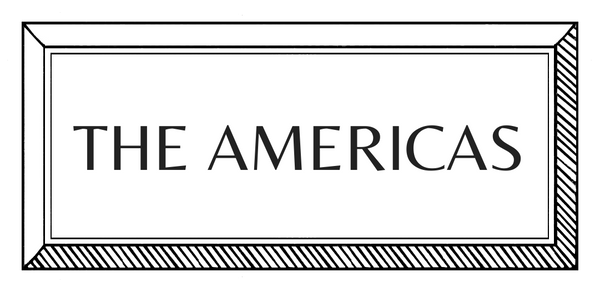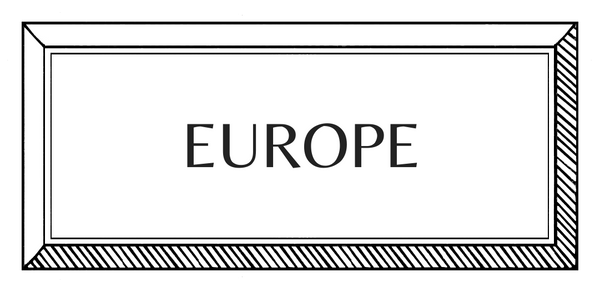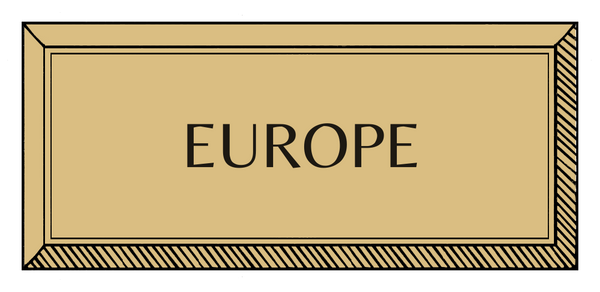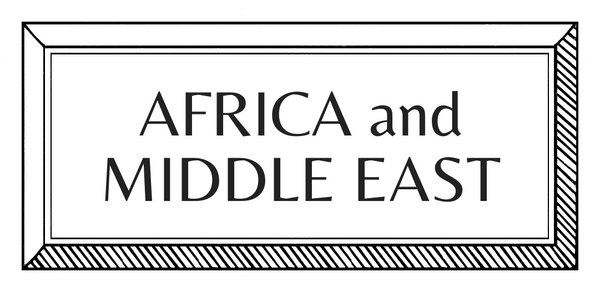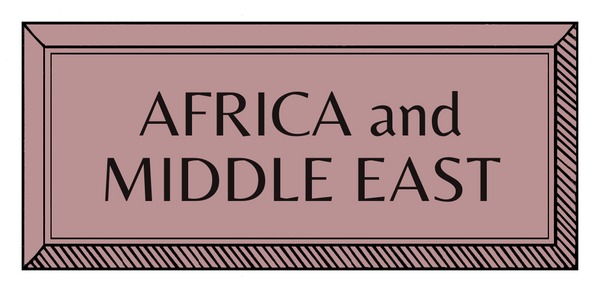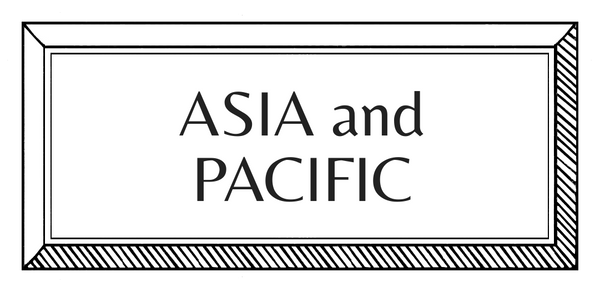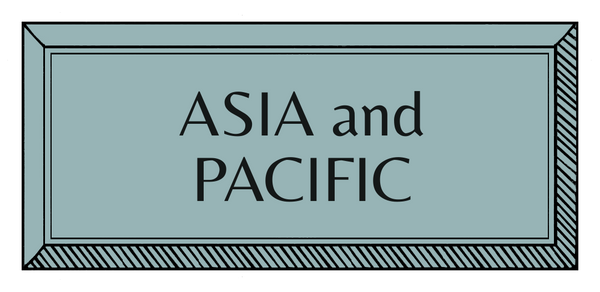CRAFT STORIES | ASIA PACIFIC | INDONESIA | TEXTILES
The Weavers of Karaja

Exploring the symbolism, language, and ritual significance Indonesian textiles, which intertwine rich cultural traditions and a dream of the future. In Lamboya, West Sumba, the traditional craft of weaving—a true way of life—has endured for centuries. The craft of ikat is inseparable from the identity of the island. Each thread is tied to a story, and every pattern is a reflection of the land, the ancestors, and the spirits.

In the past, textiles went beyond articles of adornment; they were markers of power and belonging. In West Sumba, a beautifully woven sarong or hinggi could signify a person’s status or be used in complex exchanges between clans during marriage.
Textiles were also integral to rituals, often serving as offerings to the ancestors or the spirits. The designs themselves are purposeful and rich with meaning. Horses embody strength and freedom, crocodiles symbolize ancestry and protection, while flowing lines mirror rivers and the sea.
Each pattern is chosen with intention, rooted in the weaver’s connection to heritage and the shared values of her community. Some ikats carry intricate narratives within their patterns, stories that only the most skilled and knowledgeable can interpret.

Creating ikat is a demanding process. Cotton is hand-spun into thread, which is then dyed using natural pig- ments from the island’s plants—indigo for deep blues, morinda roots for reds, and bark for earthy tones. The ikat technique involves binding sections of thread with plant fibers to resist dye, creating the intricate patterns that will emerge only when the weaving is complete. A single piece can take months to produce, depending on its complexity, requiring patience and mastery at every stage.
The value of these textiles is as much in their cultural importance as in their artistry. Inya Goro, a seasoned weaver, describes the process as a way of pre- serving stories. “When I weave, I think of my mother and the patterns she taught me. I think of the stories she told about the land and the spirits,” she says. Her days are spent carefully tying, dyeing, and weaving, creating pieces that are both functional and sacred.

Sumba’s textiles have gained international recognition, with prices often reaching upwards of $10,000 in galleries and auctions in Europe and the US. This demand has opened economic opportunities for the island’s weavers while highlighting the cultural and artistic significance of their work.
The craft does face challenges, however. Many young people are reluctant to take up weaving, seeing it as slow, labor-intensive work compared to the opportunities available in urban areas. Yet, initiatives like Karaja Sumba are working to ensure the tradition is not lost. By teaching weaving skills to new generations and creating a market for the textiles, they are helping the craft to adapt and survive.
Ikats are records of history, expressions of identity, and testaments to a way of life that has endured. While the global market values their beauty, for the people of Sumba, their value lies in something much deeper: the connection they maintain to their past and the meaning they carry into the future.

Words and Images by Harrison Thane


